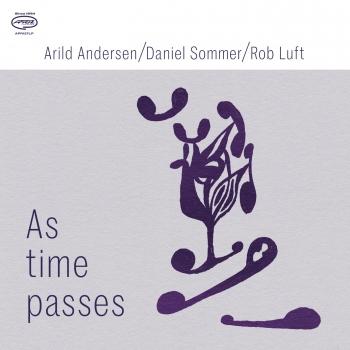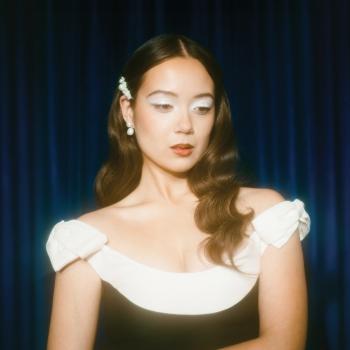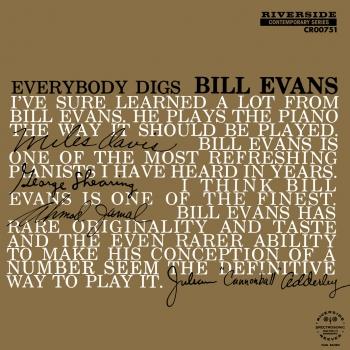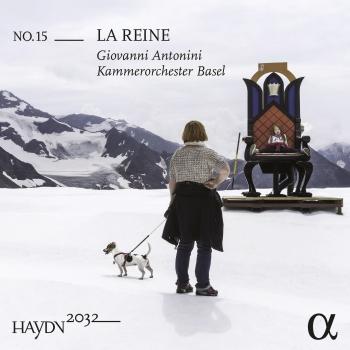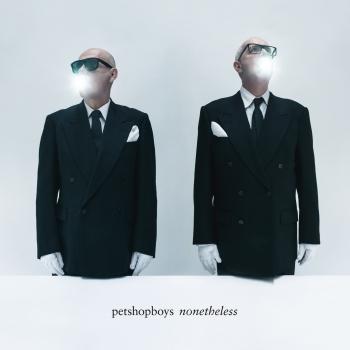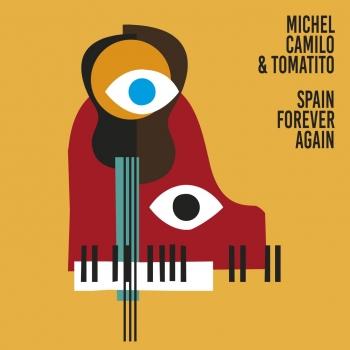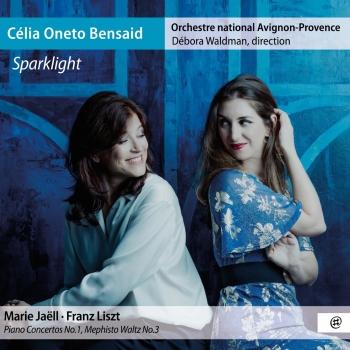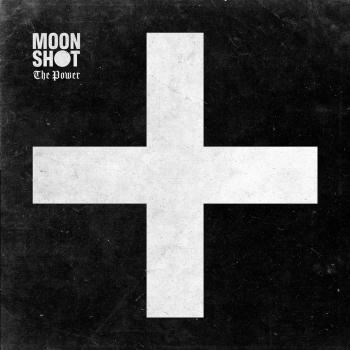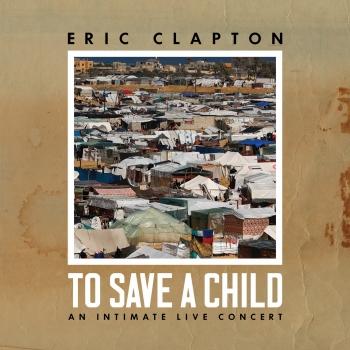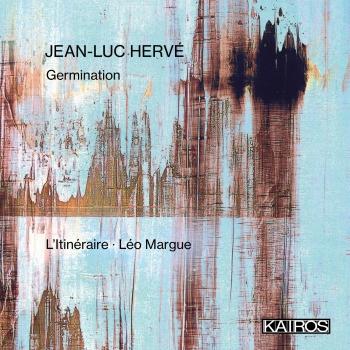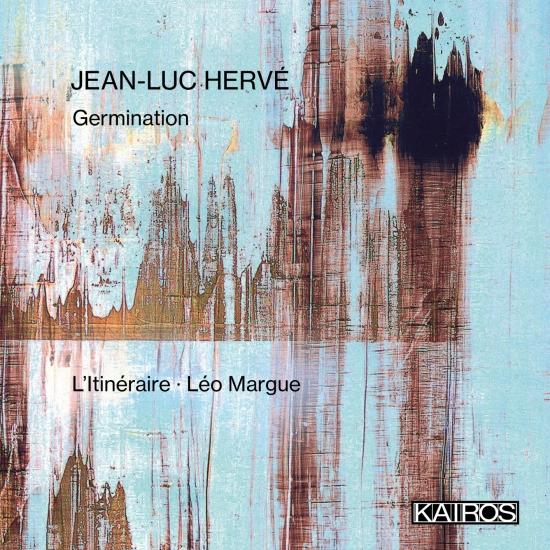
Jean-Luc Hervé: Germination LItinéraire & Léo Margue
Album Info
Album Veröffentlichung:
2024
HRA-Veröffentlichung:
28.03.2024
Label: Kairos
Genre: Classical
Subgenre: Chamber Music
Interpret: LItinéraire & Léo Margue
Komponist: Jean-Luc Hervé (1960)
Das Album enthält Albumcover Booklet (PDF)
- Jean-Luc Hervé (b. 1960): Germination (2013) for 12 musicians and electronics:
- 1Hervé: Germination (2013) for 12 musicians and electronics20:01
- Topos (2022) for 8 musicians and electronics:
- 2Hervé: Topos (2022) for 8 musicians and electronics: 1. Objets Animés07:08
- 3Hervé: Topos (2022) for 8 musicians and electronics: 2. Les êtres du Rêve06:00
- 4Hervé: Topos (2022) for 8 musicians and electronics: 3. Analogies06:02
- 5Hervé: Topos (2022) for 8 musicians and electronics: 4. Nature05:52
- Au dehors (2008) for clarinet, violin, cello and piano:
- 6Hervé: Au dehors (2008) for clarinet, violin, cello and piano11:06
Info zu Jean-Luc Hervé: Germination
The musical material for Germination borrows from the plant world. The rhythmic idea of the piece is modelled on the speed of root growth. The melodic lines fork and branch. A plant's growth also depends on the context and direction it is given. In Germination, Jean-Luc Hervé intervenes in this directional time, just as a gardener would with plants: accelerating, slowing down, freezing the process, orienting the transformation in one direction or another, cutting it off, starting it up again...
En découverte stems from a Japanese experience. The piece proposes a metaphorical journey from the outside inwards, from the sounds of nature to the sounds of the instrument: the violin writing, which at the beginning takes the song of the Japanese nightingale (uguisu) as its model, is gradually transformed and at the end uses gestures typical of violin literature. The morphology of another bird song heard in Japan, characterised by the deformation of a motif through repetition and transposition downwards, serves as a model for the second part of the piece.
Since 2003, Jean-Luc Hervé has produced a number of pieces, which he calls concert-installations and which stand at the edge of the concert hall and its exterior, or are frankly conceived for specific outdoor locations. His desire to confront an institutional space (the concert hall) with its public extension was influenced by his understanding of two aesthetic experiences. The first was his discovery of Japanese gardens in Kyoto, while in residence at Villa Kujoyama. “During my stay in Kyoto in 2001,” he writes, “I was struck by the relationship between art and nature in Japan, and more particularly by the way in which the highly constructed architectures of the gardens are conceived in relation to their natural surroundings.” Indeed, all the elements of the garden – stones, bushes, elements of the built environment – are placed according to the views they provide by framing the landscape, and the Japanese, to define this specific relationship, speak of capturing the landscape. A second influence is Edgard Varèse’s Déserts for ensemble and tape (1954). The work consists of four instrumental episodes separated by three “interpolations of organized sounds” fixed on magnetic tape. In a different way, this work also links two different places: the concert hall, where we listen to the instrumental ensemble, and the composer’s own studio, where the sounds were recorded. ...
Ensemble Itinéraire
Leo Margue, direction
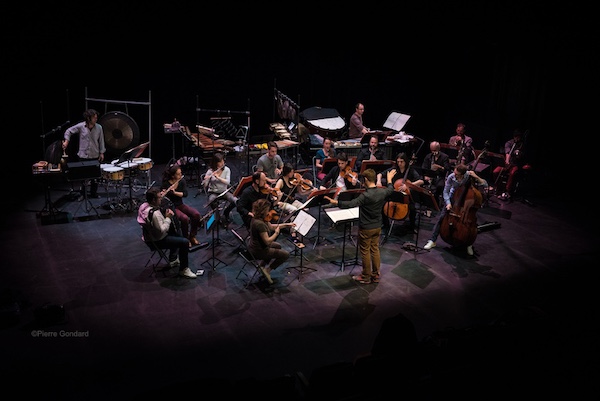
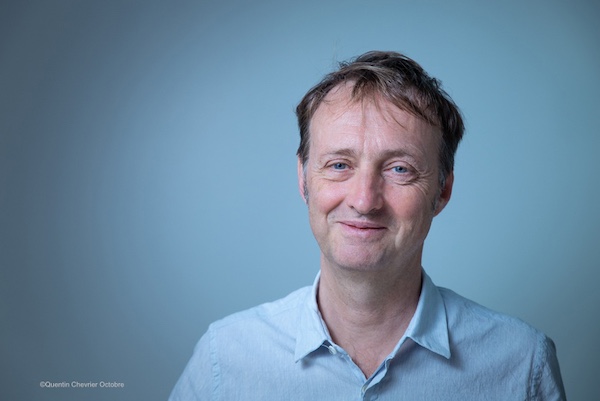 Ensemble Itinéraire
Ensemble Itinéraire
is one of the main European musical creation ensembles. A true breeding ground for composers and performers, the collective has shared the adventure of several generations of creators daring all the limits of sound, from acoustic saturation to micro and macro-phonic amplification, to the unheard of electronics.
Since its founding, the ensemble has created hundreds of works among those by the most notable artists such as Grisey, Lévinas, Murail, Dufourt, but also Scelsi, Harvey and Romitelli.
Today, thanks to very high-level soloists, L’Itinéraire maintains a spirit of adventure and artistic excellence and tirelessly continues to explore unknown territories of sound. He constantly questions the circumstances of musical creation, from writing to instrumental practices, from stage to multimedia, thus participating in the innovations of young artistic creation in all its forms.
This desire for sharing and discovery leads him to offer meetings with musicians, of all nationalities, from different aesthetic horizons, from baroque to electronic music. It is with this transversal approach to creation that he performs in multidisciplinary places such as La Marbrerie de Montreuil or the new Parisian venue La Scala in 2019.
An internationally renowned ensemble, it collaborates regularly with the IRCAM-Centre Pompidou and has performed at the Venice Biennale, Stuttgart, Stockholm, Salzburg, Bogota, Medellin, New York and Dartmouth in the US. The Itinerary will soon be performed in Shanghai and Berlin.
Concerned about access to youth culture, the ensemble carries out several cultural actions in Ile-de-France in partnership with the Conservatory of Bourg-la-Reine/Sceaux, the Conservatoire à Rayonnement Régional de Paris and the Museum of Contemporary Art from Val-de-Marne.
The Itinerary is supported by the DRAC Ile-de-France, SACEM, SPEDIDAM, Impuls Neue Musik, Franco-German-Swiss Fund for Contemporary Music, Pro Helvetia, Swiss Foundation for Culture and the Ernst von Siemens Foundation.

